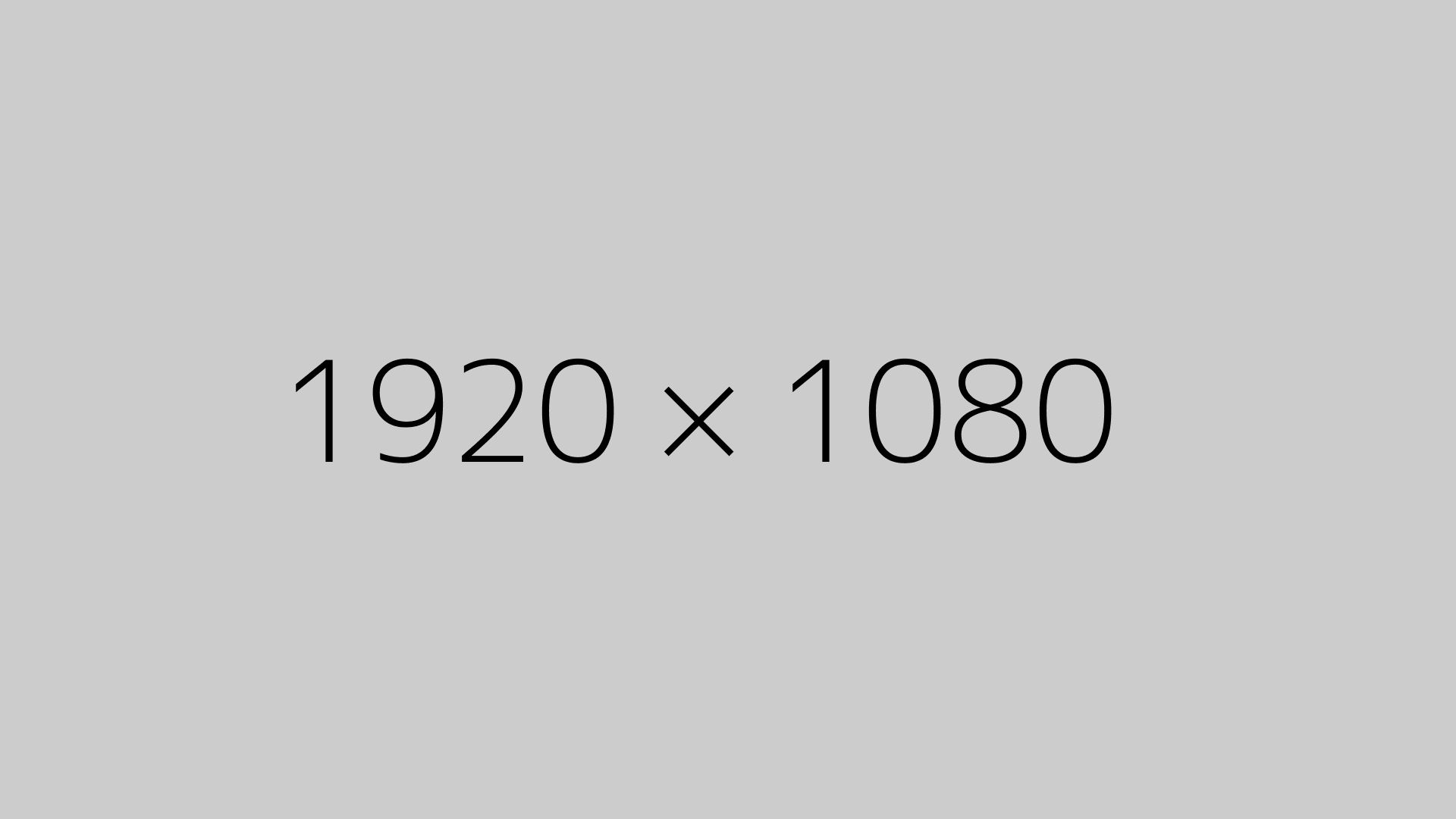If you’re new to welding, understanding how an auto-darkening welding helmet works is very important for your safety and comfort. Here’s a quick guide to help you use it properly.
What Happens When You Wear It?
When you first put the helmet on, you’ll notice that you can see through the lens clearly. It looks almost like regular sunglasses. But once you start welding, the lens will automatically darken to protect your eyes from the bright welding light. After you stop welding, the helmet will turn clear again.
Adjusting the Shade Level
On the side of the helmet, you’ll find a dial. This controls how dark the lens gets:
- 9 is a lighter shade.
- 13 is a darker shade.
The higher the number, the darker the lens will be, which is better for brighter welding jobs. You can adjust this dial depending on how bright your welding arc is and what feels comfortable for your eyes.
Adjusting the Helmet Fit
On the back of the helmet, there’s another dial to adjust the size so it fits your head snugly.
- Important: You must push down on the dial before you can turn it.
- If you don’t push it down, it won’t rotate.
Make sure your helmet fits well so it stays in place while you’re working.
What You Should See When Welding
Before you start welding, you’ll see your work area clearly. Once you pull the trigger on your welder, the helmet should instantly go dark.
- When you let go of the trigger, the helmet will go clear again.
This automatic change is what protects your eyes without you needing to flip your helmet up and down manually.
Troubleshooting
If your helmet does not darken when you start welding, something is wrong.
- Tell your teacher or supervisor immediately.
- Many welding helmets have built-in batteries that usually last about six years.
- After that, the battery might die, and the helmet either needs a battery replacement or a new helmet.
For example, if your helmet was made in 2015, you can expect it to start failing around 2021.


